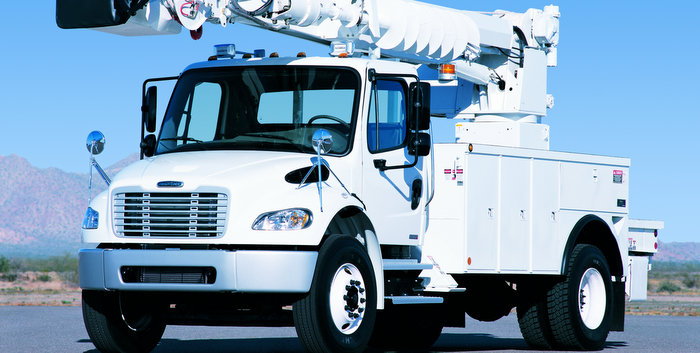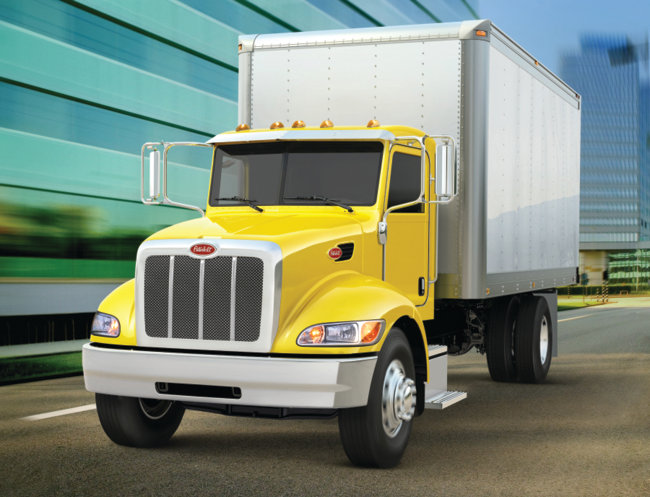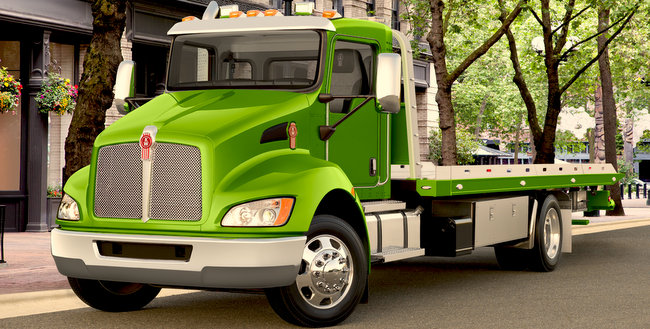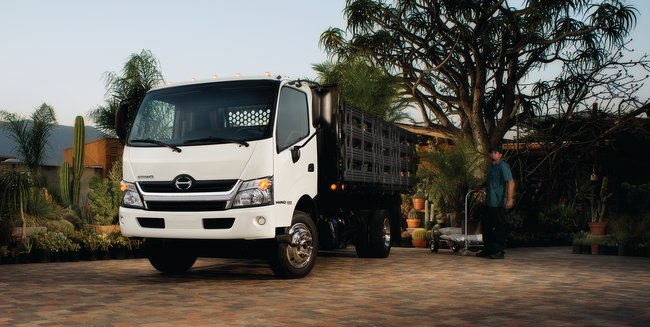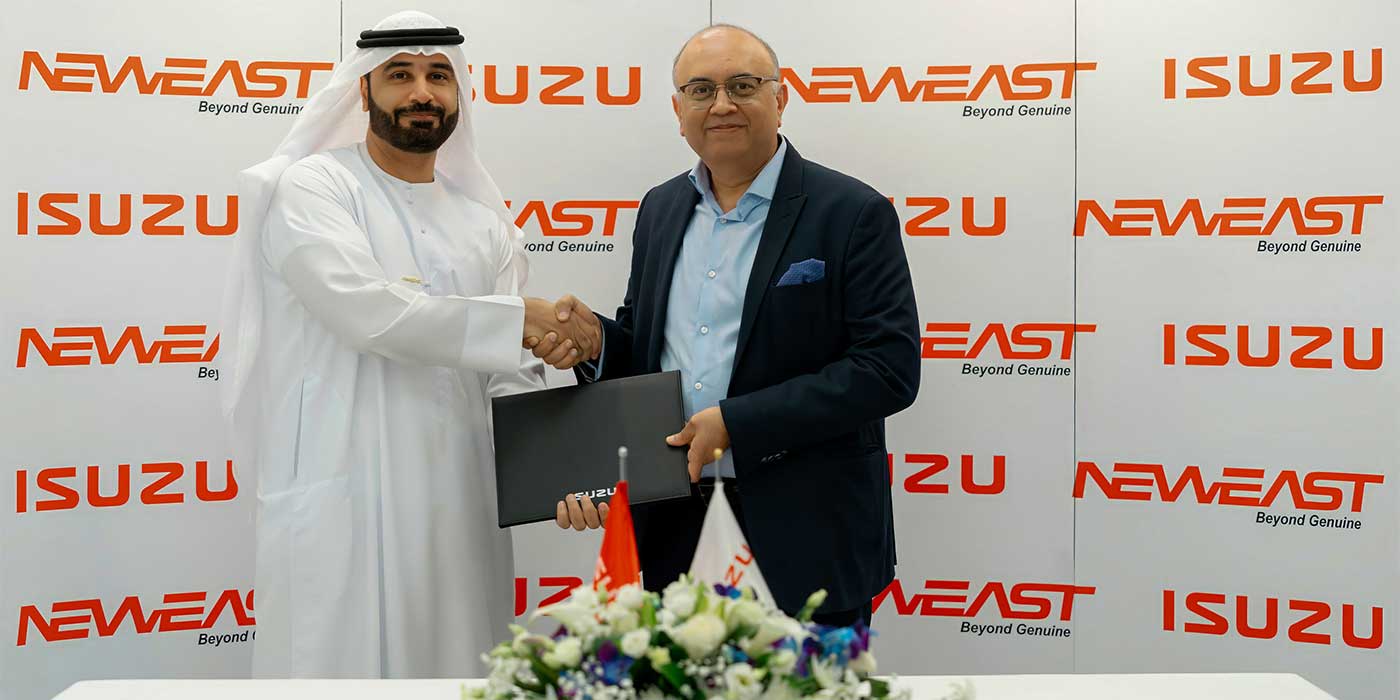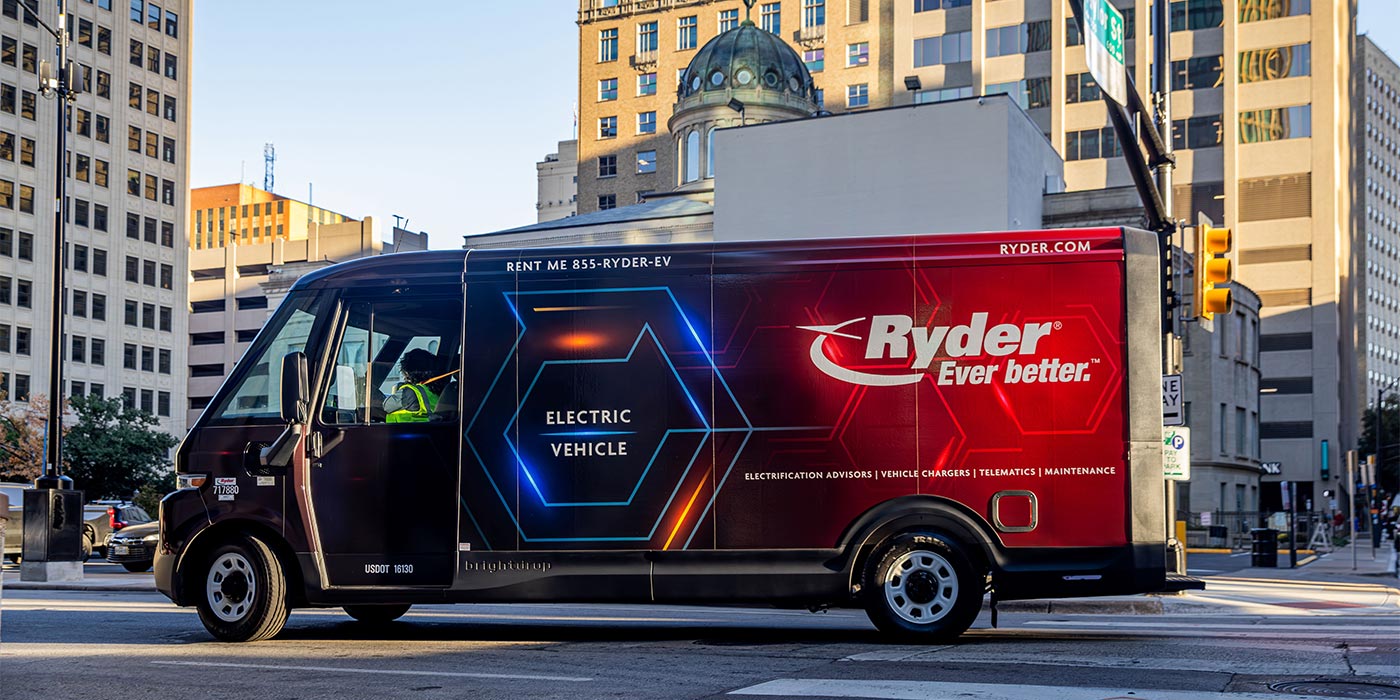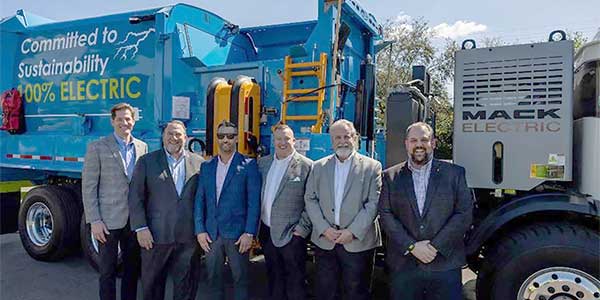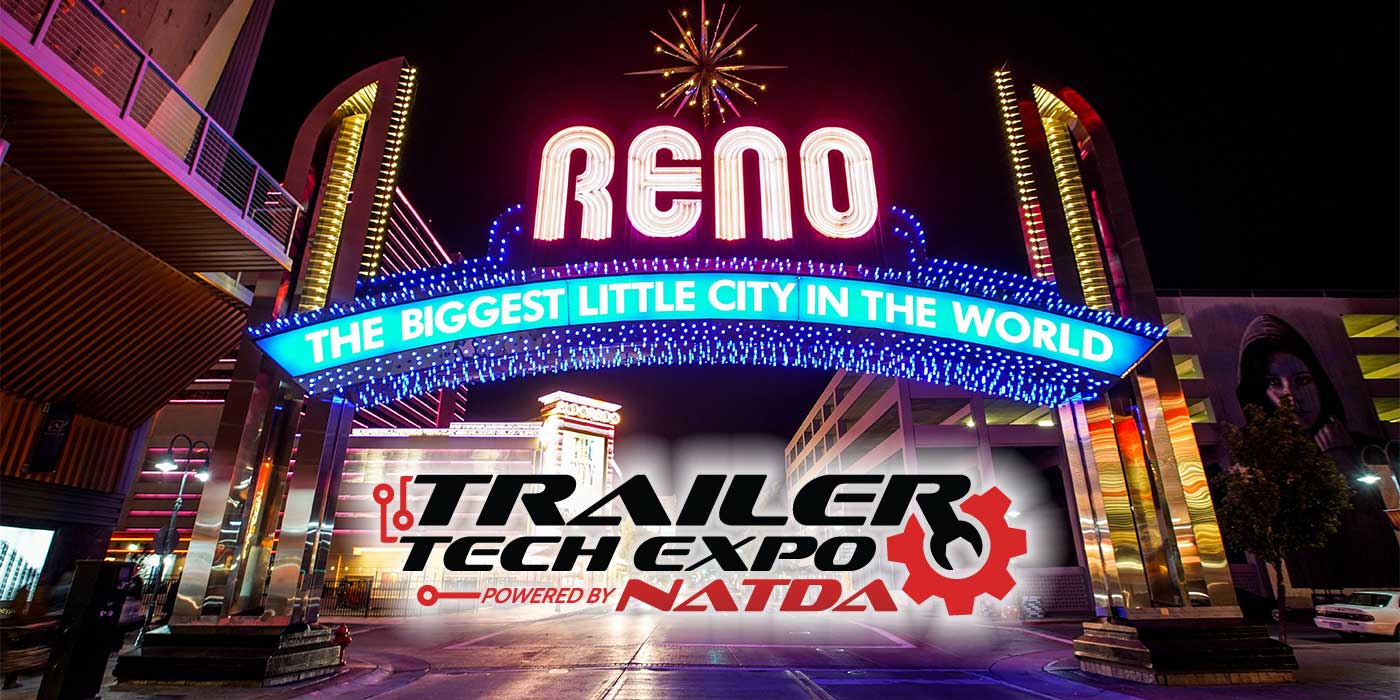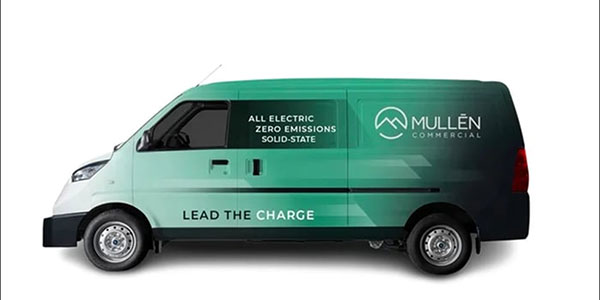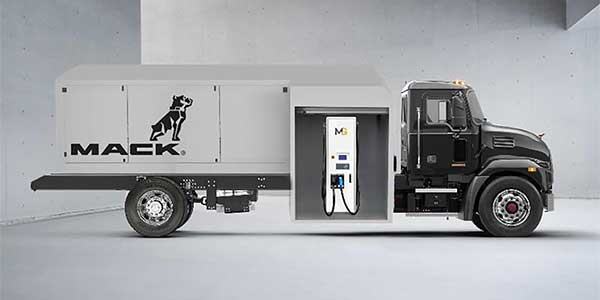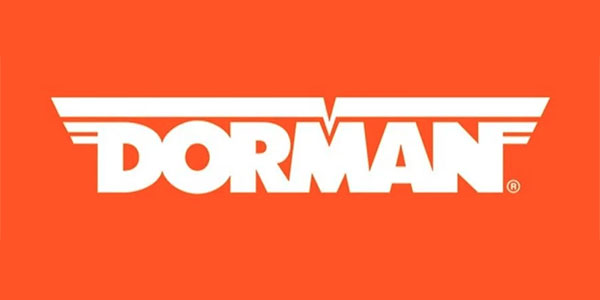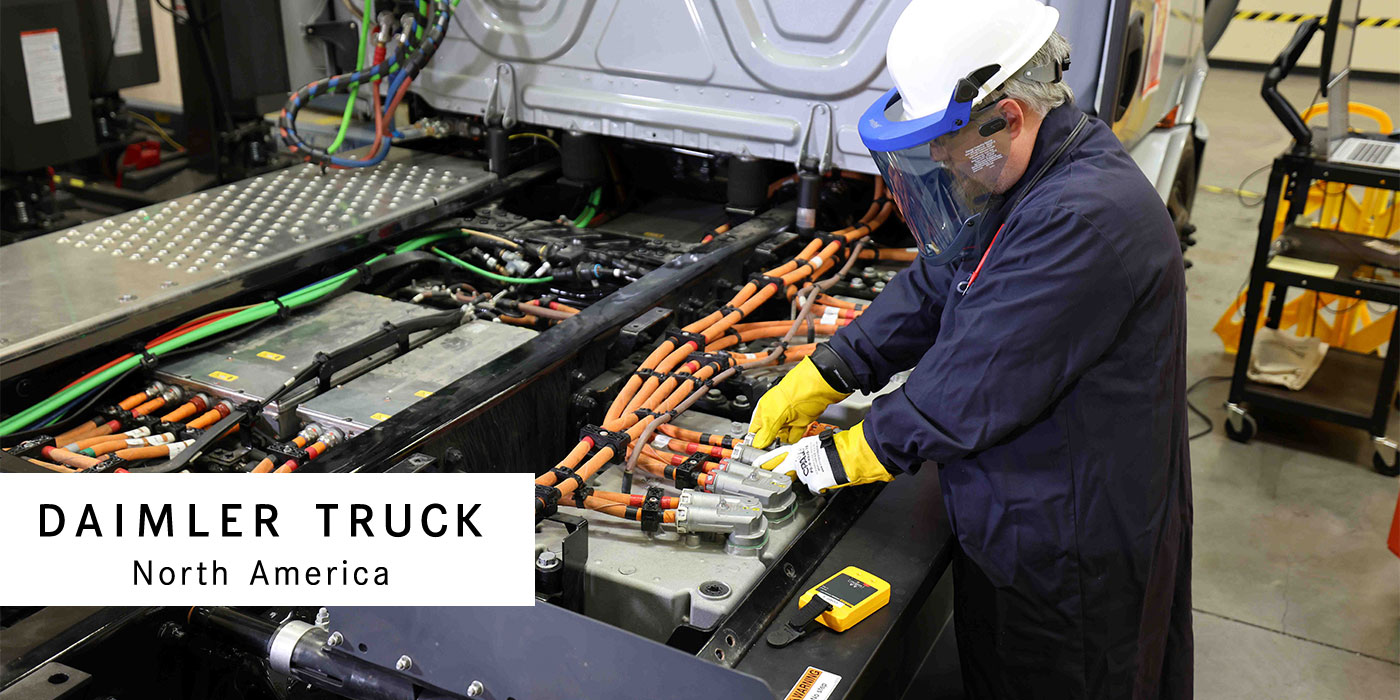“Fleet managers know that well-designed equipment enhances productivity,” says Robert Johnson, a former fleet manager who currently serves as director of fleet relations for the NTEA. “Your objective when designing a work truck is to optimize the vehicle to achieve the best overall return for each dollar spent, but common mistakes can jeopardize your results.
“Many people start the specification writing process with the truck chassis,” Johnson continues. “However, it is actually most logical to address the body and equipment first. An effective, productive work truck is designed to perform a specific job. Therefore, it makes sense to start the process by defining the job the truck will perform and address the equipment and associated truck body needed to perform those tasks.”
Finalizing the body and equipment will define the vehicle’s required payload, necessary clear cab to axle chassis length and the loaded body’s center of gravity, Johnson notes. This information enables fleets to perform an accurate weight distribution and payload analysis, select an appropriately sized chassis and then choose the powertrain that meets performance criteria.
Optimized for the job
“Doing what you’ve always done is an easy trap to fall into,” Johnson states. “You’re replacing an existing vehicle, so you figure all you have to do is duplicate the old unit, but the current vehicle may not have been optimized for the job it is doing.
“Even if the vehicle was properly spec’d at the time it was initially acquired, requirements change and new and improved products are constantly being introduced,” Johnson continues. “It’s possible that there is a new body, chassis or piece of equipment that would offer significant improvements over what was previously available. Additionally, chassis selection in particular should be carefully thought out because OEM specifications can change from year to year.”
After the preliminary selection of a suitable chassis has been made, Johnson advises fleets to perform a detailed weight distribution analysis to determine individual axle loadings. When necessary, he adds, optional axles, suspension components and frames may be required to ensure that the chassis is not overloaded, and that all equipment-mounting requirements have been met.
After the preliminary selection of a suitable chassis has been made, Johnson advises fleets to perform a detailed weight distribution analysis to determine individual axle loadings. When necessary, he adds, optional axles, suspension components and frames may be required to ensure that the chassis is not overloaded, and that all equipment-mounting requirements have been met.
Most important
Adrian Ratza, marketing manager at Hino Trucks, says the application is truly one of the most important considerations for fleets when specifying work trucks. “For example, a light delivery operation will require an entirely different spec than a snowplow with a salt spreader. Other important factors to consider are the environment and duty cycle. Will the truck operate locally or regionally? Will it operate over the road or spend its day making local stops?” he explains further.
The truck’s operation is one of the first items for a fleet to determine, notes Brian Tabel, director of marketing at Isuzu Commercial Truck of America. “This would start with the area of use and the percentage of time the vehicle is in on-highway, city or off road use,” he states. “Next would be annual mileage, and it is also very important to consider idle time. In most operations, if a vehicle is going to average above 25,000 miles per year, a diesel chassis will probably be the choice for fuel economy.”
Leighton Good, manager, product and applications at Mitsubishi Fuso Truck of America, provides a list of the most important considerations for fleets specifying work trucks. Included are gross vehicle weight and gross axle weight ratings, payload and loading configurations, body and truck dimensions and weight, frame strength and accessory dimensions, weights and installed positions.
Also on Good’s list are operational factors such as maneuverability and turning diameter requirements, and operating speeds, environment and conditions. Those things, he adds, can be used to determine engine type, power and torque requirements, transmission types and axle ratios, wheel and tire sizes and specs for things like transmission-driven PTOs, lighting and electrical accessories and trailer pulling capabilities
Specific application
“Work truck specifications, perhaps more than any other, are very specific to the intended service application,” states Wesley Slavin, marketing manager, medium-duty products at Peterbilt Motors Co. “For instance, pick-up and delivery applications will need the shortest wheelbase while still accommodating the mounted body, and those fleets are also often looking for 22.5-in. tires to help ensure their vehicles meet dock height requirements.
“Dump truck customers may look to maximize frame rail strength and spec high weight rated tires, axles and transmissions,” Slavin continues. “Additionally, some work truck customers can want vehicles that can be operated by non-CDL drivers, so they spec a GVWR of 26,000 lbs. or less, as well as things like hydraulic brakes and automatic transmissions.”
Elissa Maurer, manager of external communications at Navistar, says body integration is one of the most critical things to consider when spec’ing a work truck. “There are many options when it comes to the physical components of a truck, but the complexity of body integration puts this at the top of the list,” she states. “The weight of a completed vehicle is also a concern as fleets need to know how much payload they can carry on the vehicle. Today, tires are an area of focus for fuel economy improvement in medium-duty and vocational applications.”
Changing process
With the technology changes necessary to meet 2010 EPA and now 2013 On Board Diagnostics (OBD) and 2014 GHG (Greenhouse Gas) emissions compliance, the powertrain spec process has definitely changed, notes Mary Aufdemberg, director of product marketing for Freightliner Trucks. “With the added componentry required, the overall weight of trucks has increased and the available frame rail space has decreased,” she explains. “Therefore, making the most efficient use of frame rail space to maximize payload has become a more important part of the spec’ing process.”
There are several items that should be considered as lightweight options depending on the application, Aufdemberg adds, such as aluminum air tanks and wheels, lightweight brake drums, and lightweight bumpers where applicable, as well optimized fuel and DEF tank sizes.
“For the next emissions and fuel economy changes, we’ll see further refining of the powertrain and aftertreatment systems to provide greater fuel efficiency,” Aufdemberg says. “What fleets will see is further emphasis on proper spec’ing and integration of the powertrain, where all vehicle and body components better communicate with one another to operate at maximum efficiency.”
Adrian Ratza at Hino Trucks says that as new fuel economy standards need to be met, manufacturers will work diligently to improve the design of their vehicles. “While changing designs to be more aerodynamic is obvious,” he states, “changes such as type of tires and other options have to be considered. Those measures include cutting the weight of the vehicle by looking at lighter alternatives.”
“Isuzu continues to look for ways to make vehicles lighter as we work toward emissions compliance,” says Brian Tabel. “We intend to be able to continue to provide options so fleets have choices in the right truck and engine for the job, and can realize improved fuel economy.”
Working closely
Doug Powell, medium-duty marketing manager at Kenworth Truck Co., is quick to point out that it’s important for fleets to work closely with dealers when specifying work trucks. “There is important information that needs to be communicated to the dealer during that process,” he says, “including how the fleet plans to use the truck, its specific duty cycle and the expectations for the vehicle. That will enable the dealer to work with the customer to specify the right components to get the job done for each specific application.”
Mitsubishi Fuso Truck’s Leighton Good notes that close communication and coordination between fleets, chassis suppliers and body builders, and installers avoids misapplication of body and equipment, and maximizes efficiency, reliability, durability and safety of the completed work truck. “Comprehensive technical and cost evaluations for every application, including use of enhanced spec’ing software during all aspects of the purchasing process, guides a final truck design and ensures proper and timely completion,” he says.
“By working closely with body builders and upfitters,” says Kenworth’s Doug Powell, “we can provide important information and guidelines that are very beneficial during the body planning and installation processes. Early in the vehicle definition and ordering process, body builders can often contribute valuable input that may help reduce the ultimate cost of the fleet customer’s body installation.”
Body companies are subject matter experts on proper body specifications and design, adds Isuzu’s Brian Tabel. “Bringing these suppliers into the process early on can ensure all factors are taken into consideration,” he states. “This includes overall dimensions and options. It is now especially important to do this as the complexity of body and equipment increases.”
Important role
Body and equipment suppliers play a very important role in the medium-duty work truck market,” states Peterbilt’s Wesley Slavin. “Ease of body installation is key to helping minimize the total cost to the end user. Reduced complexity means no significant modifications are required to upfit a body. Custom frame layouts, including placement of crossmembers and chassis components can help make body installation as clean and cost effective as possible. Work closely with OEMs, dealers and body manufacturers and installers to facilitate upfitting the body.”
Body integration can take a considerable amount of time, points out Navistar’s Elissa Maurer, which can delay projects if fleets don’t account for that in their plans. Several pressing challenges in the industry right now include longer production lead times for vocational components, specifically axles, she adds, so some OEMs and body builders are experiencing longer lead times for truck body installations.
“By working with the OEM, dealer and body manufacturer, fleets can minimize the amount of re-work and prep required for a body installation, significantly reducing the amount of upfit time required,” says Freightliner’s Mary Aufdemberg. “Through the reduction of upfit time, and through the minimization of additional work that needs to be done to the vehicle for a body to be installed correctly, significant cost can be taken out.
“It takes a team effort between the fleet, the truck and equipment manufacturers, and the dealers and upfitters to fine tune and optimize specs for specific vocational applications,” Aufdemberg continues. “Working together early in the process to develop specs that are the perfect fit maximizes return on investment.”
Designing an integrated work truck is not difficult, concludes NTEA’s Robert Johnson. “It does require that fleets understand the design principles involved and research their requirements before starting the design process,” he adds. “If you take the time to write specs correctly, you will be rewarded with a more productive, cost-effective vehicle.”
You can read the entire issue on your phone or tablet by downloading the Fleet Equipment app.

